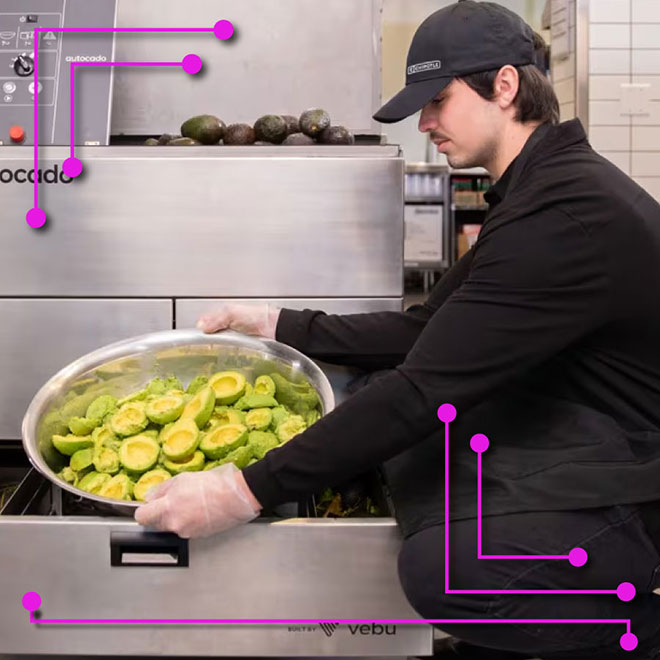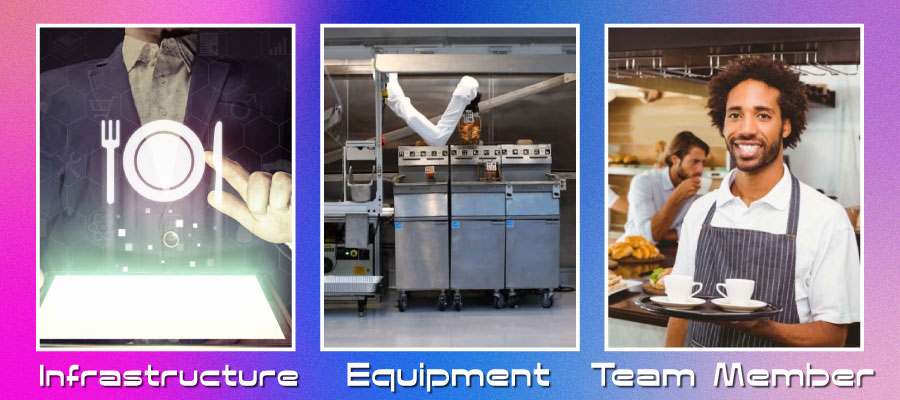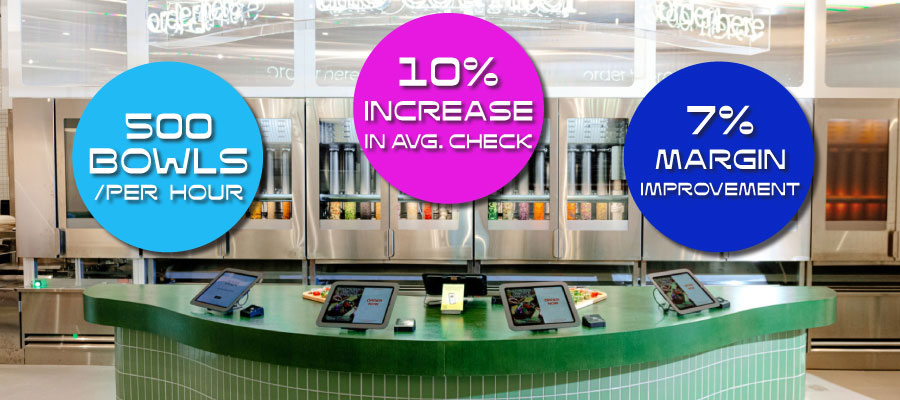
Harnessing AI for Operational Excellence in Restaurants
Estimated Read Time: 3 Minutes
In today’s competitive restaurant landscape, integrating artificial intelligence (AI) into operations is not just a trend but a necessity. AI can significantly enhance efficiency and streamline processes, provided it’s implemented with careful planning and a strategic approach. Here’s how restaurants can successfully integrate AI and the key investments required for seamless implementation.
TL;DR:
- Strategic Roadmap for AI Integration: Prioritize solutions, assess impact, invest wisely, optimize solutions, and scale appropriately.
- Key Investments: Focus on infrastructure, equipment, and team training.
- Case Study: sweetgreen’s Infinite Kitchen demonstrates the successful integration of AI.
- Conclusion: Follow a strategic roadmap and invest in key areas to harness the power of AI in your restaurant operations.
Strategic Roadmap for AI Integration

Creating a strategic roadmap is essential to determine how AI can be adapted to your specific business needs. Here are five critical steps:
- Prioritize Solutions: Identify the areas in your business that will benefit most from AI.
- Assess Impact: Evaluate how AI will affect customer and associate experiences.
- Invest Wisely: Choose appropriate AI solutions and provide adequate training.
- Optimize Solutions: Continuously test and adapt AI solutions based on feedback.
- Scale Appropriately: Expand AI tools and processes across new and existing locations.
Key Investments for Seamless Integration

To ensure AI integrates seamlessly with existing operations, focus on three critical investments: infrastructure, equipment, and team.
1. Infrastructure
Investing in the right AI infrastructure is crucial for scalability and automation. A well-designed AI infrastructure facilitates faster development and deployment, enabling humans and machines to collaborate effectively.
2. Equipment
Integrating robotics and automation into kitchen operations can transform food preparation, portion control, and order accuracy. However, consider potential bottlenecks and ensure your kitchen design allows for flexibility and modularity.
3. Team
Despite automation advancements, trained team members are essential for maintaining product quality and customer satisfaction. They play a critical role in tasks like maintaining product levels, ensuring food safety, and cleaning equipment. Investing in team training ensures they can focus on enhancing the customer experience and adapting to new technologies.
Real-World Success: sweetgreen’s Infinite Kitchen
sweetgreen’s integration of the Infinite Kitchen showcases the potential of AI in transforming restaurant operations. By automating various aspects of food preparation and order fulfillment, sweetgreen has achieved significant improvements in efficiency and profitability, including a 7% margin improvement and a 10% increase in average check.

Final Thoughts on Integrating AI
Integrating AI into restaurant operations requires a strategic approach and careful investment in infrastructure, equipment, and team training. By following a well-defined roadmap and prioritizing these key areas, restaurants can harness the power of AI to enhance efficiency, streamline processes, and deliver a superior dining experience.
For a deeper dive into leveraging AI to drive operational harmony, read the full POV here.
Ready to transform your restaurant with AI? Contact us today to learn how we can help you integrate cutting-edge technology into your operations for a seamless and efficient dining experience.

 Joanne Heyob
Joanne Heyob


